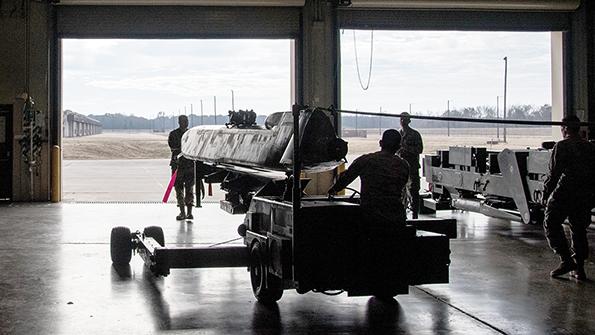
Credit: Airman 1st Class Jacob B. Wrightsman/U.S. Air Force
The U.S. Air Force and Navy are not cooperating currently on a future nuclear cruise missile despite active development programs by both services, according to Gen. Timothy Ray, head of Air Force Global Strike Command. The Navy requested $5.2 million in the fiscal 2022 budget proposal sent to...
Subscription Required
This content requires a subscription to one of the Aviation Week Intelligence Network (AWIN) bundles.
Schedule a demo today to find out how you can access this content and similar content related to your area of the global aviation industry.
Already an AWIN subscriber? Login
Did you know? Aviation Week has won top honors multiple times in the Jesse H. Neal National Business Journalism Awards, the business-to-business media equivalent of the Pulitzer Prizes.
